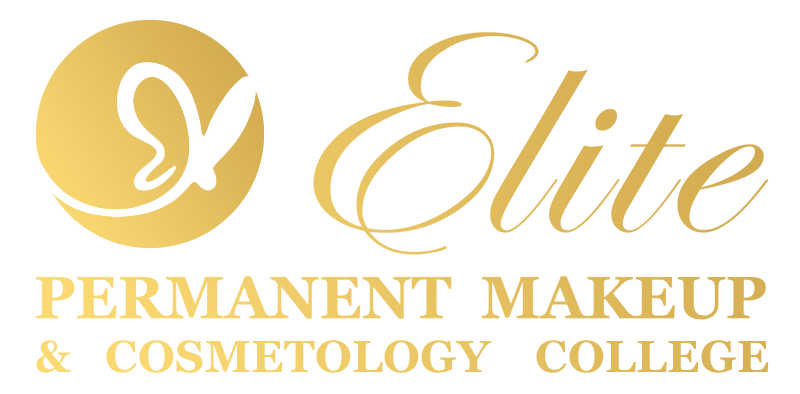Hair color has been a symbol of identity, beauty, and even power throughout history. From the elaborate dyes used in ancient civilizations to the advanced technologies that allow for endless shades today, hair coloring has undergone a fascinating evolution. This article will take you on a journey through time, exploring how hair dyeing techniques have evolved, starting from ancient Egypt all the way to the cutting-edge technologies of today.
The Beginnings of Hair Coloring: Ancient Egypt
In ancient Egypt, beauty rituals were deeply ingrained in the culture, and hair was no exception. The Egyptians were one of the first civilizations to experiment with hair dyes, using natural ingredients to achieve various shades.
Hair Dyes in Ancient Egypt
The Egyptians used henna and other plant-based dyes to color their hair, primarily in shades of red and brown. These dyes were made from crushed plant materials and mixed with oils to create pastes that were applied to the hair. The process was often used by both men and women as a way to enhance their appearance and maintain their status.
Symbolism of Hair Color
In Egyptian society, hair color had symbolic meanings. For example, darker shades often represented nobility and higher social status, while lighter shades were associated with youth and vitality. Hair color was also used in religious rituals to signify different gods and goddesses.
The Roman and Greek Influence on Hair Dyeing
As empires expanded, the art of hair coloring spread. The Romans and Greeks continued the traditions of ancient Egypt, with a few innovations of their own.
Roman Innovations in Hair Coloring
Romans were known for experimenting with a wide range of hair colors, from blonde to black. They used various methods to achieve these looks, including the use of sulfur and quicklime. While these methods were effective in creating a desired color, they often came with a risk of hair damage and scalp irritation.
Greek Hair Dyeing Techniques
The Greeks were more focused on enhancing their natural hair colors, using substances like honey, vinegar, and plant extracts to lighten or darken their hair. They also used wigs made from human or animal hair, which allowed for a wide variety of colors and styles.
The Middle Ages: Hair Coloring Takes a Backseat
During the Middle Ages, the focus on personal grooming and beauty shifted, and hair coloring became less common.
Hair Color and Religion in the Middle Ages
The Christian church heavily influenced beauty standards during this period, and natural beauty was often emphasized. Hair color was seen as something that should be left in its natural state, with little room for experimentation. This was especially true for women, whose hair was considered sacred and was often hidden under veils or head coverings.
The Revival of Hair Color in the Renaissance
As the Renaissance period brought a renewed interest in personal expression, hair color began to make a comeback. However, the dyes used were still primarily natural, and they were often used to enhance the natural tones of the hair rather than completely alter them.
The Birth of Modern Hair Dyeing
The real breakthrough in hair coloring came in the 19th and 20th centuries, when scientists began experimenting with chemical dyes.
The First Synthetic Hair Dyes
In the mid-1800s, chemist William Henry Perkin accidentally discovered the first synthetic dye, which led to the creation of the first synthetic hair dyes. These dyes were more consistent and long-lasting than natural dyes, and they quickly gained popularity.
The Rise of Permanent Hair Dyes
In the early 20th century, the development of ammonia-based dyes led to the creation of permanent hair color. This marked a major milestone in the history of hair coloring, as people could now permanently change their hair color without worrying about fading.
Modern Hair Color Technology: The Future of Hair Dyeing
Today, hair coloring has become an industry of its own, with a wide variety of products and techniques available to achieve any color imaginable. From the first synthetic dyes to the advanced technologies of today, hair color has come a long way.
Hair Color Trends and Innovations
In recent years, there has been a shift towards more natural and organic hair dyes, with consumers becoming more conscious of the ingredients used in hair products. Companies are now using plant-based and less harmful chemicals to create hair dyes that are gentler on the hair and scalp.
The Role of Technology in Hair Color
Advancements in technology have made it possible to create customized hair colors, allowing individuals to achieve their perfect shade. Virtual try-on tools, 3D hair color mapping, and color-matching algorithms are just some of the technological innovations that are shaping the future of hair coloring.
Conclusion
The history of hair color is a testament to humanity’s creativity and desire for self-expression. From the natural dyes used in ancient Egypt to the cutting-edge technologies of today, hair coloring has evolved significantly over the centuries. Whether you’re looking for a subtle change or a bold transformation, the options today are endless.
If you’re interested in learning more about the science of hair color and perfecting your skills in the beauty industry, Elite Cosmetology College is here to help. Our expert instructors will guide you through the latest techniques and trends in hair coloring, giving you the knowledge and skills you need to succeed.
Ready to start your journey? Enroll with us today and become a hair color expert!

